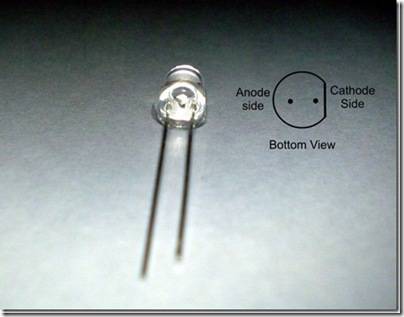Outcomes:
By the time you complete this section you will be able to:
-
Connect, adjust, and test the Parallax Continuous Rotation Servo motors
-
Understand how variables are used in the Basic Stamp language and the size of variables that can be stored
-
Understand and use the PAUSE command
-
Understand and use the DO…LOOP command
-
Understand and use the FOR…NEXT command
-
Understand and use the HIGH and LOW commands as a way of making the BASIC Stamp connect an I/O pin to Vdd or Vss
-
Construct an LED circuit to test the commands
-
Understand and use the PULSOUT command
-
Know how long a millisecond lasts and how to abbreviate it
-
Understand how the speed and direction are controlled for the Continuous Rotation Servo motors
-
Calibrate the Continuous Rotation Servo motors
-
Know the difference between a wiring diagram and a schematic
-
Demonstrate ability to read a wiring diagram
Assignments:
-
View the videos in the video section of this lesson.
-
Read and follow the instructions in Robotics with the Boe-Bot Chapter 2.
-
Complete the Boe-Bot activities assigned by your instructor. If self-study, do all the “Your Turn” parts for each activity in the chapter. Fill out the Observations section in this lesson for each Activity. (Note: It is only by typing in the commands that you truly begin to understand programming. So don’t short change yourself.)
-
Review the Key Points or FAQs below.
-
Use the Observations again to Answer the questions at the end of the chapter.
-
Check your answers.
-
When complete, turn in the Observations Word Doc to your instructor (print, email or other method defined by your instructor). Self-study students can optionally send to a parent, mentor or friend.
